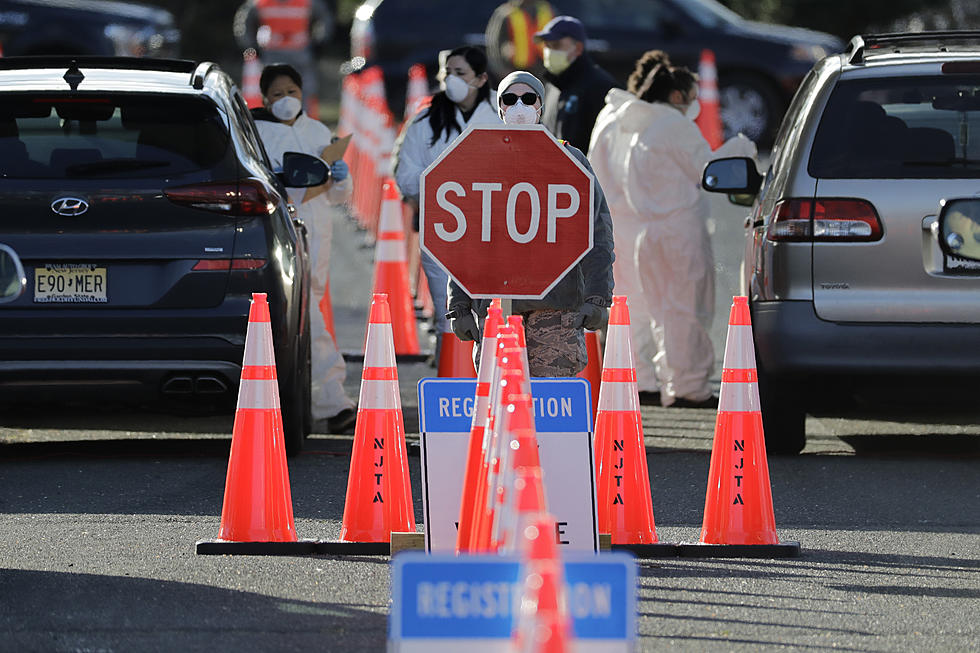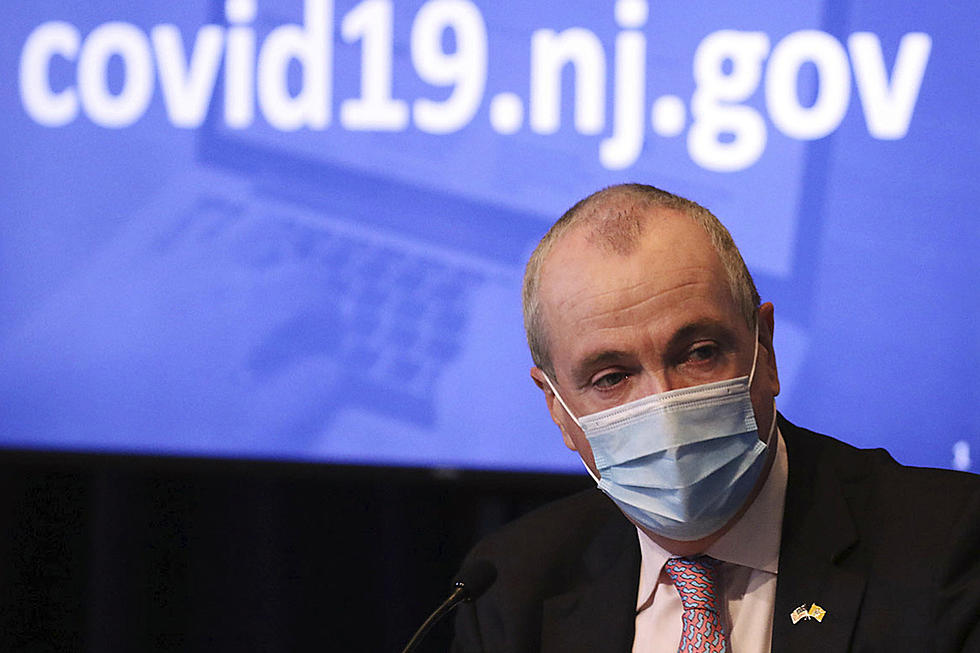
COVID-19 keeps fading in NJ, but could it come roaring back?
With COVID-19 hospitalization rates, daily deaths, and the number of patients in intensive care and on ventilators continuing to decline, Gov. Phil Murphy has announced the Garden State will enter Stage Two of his three-stage New Jersey Restart and Recovery plan beginning June 15.
That’s when socially distanced outdoor restaurant dining and indoor, non-essential retail shopping can begin. A week later barber shops and salons will be allowed to reopen followed by what is described as the “gradual opening” of personal care shops, gyms and health clubs at reduced capacities.
According to Murphy, that's possible because 20,000 novel coronavirus tests a day are now being performed in New Jersey, and a robust contact tracing and isolation program continues to be ramped up to deal with any possible COVID-19 flareups that take place in the weeks and months ahead.
He said that’s critically important because “if you bat 1000, if you do everything right, this is the sort of virus that is going to come back at us. The question is do you have the testing, tracing, isolation trifecta in place to contain it, to basically put a wall around it, and the answer is by June 15 the answer is going to be affirmatively and resoundingly yes.”
He said if there’s a sudden novel coronavirus spike in a particular part of the state, “would we pull back."
"I just hope we don’t have to, Murphy said. "We’re going through hell and back here. We’re driving down a one-way street. I don’t want to put the car (in reverse) and bring it back up that street.”
Dr. Ed Lifshitz, the director of communicable disease services for the New Jersey Health Department, said if we do see a COVID-19 flare-up we will have much better resources in place to deal with it than a few months ago.
“We expect to have spikes, but spikes aren’t what we had back in March and April. I mean, those were floods,” he said. “The hope is that when these spikes happen we can react faster, we can do better testing, we can do that contact tracing around it, and you can prevent those spikes from becoming these huge forest fires.”
He said the expectation would be to be able to catch a COVID-19 outbreak before it started spreading across the region.
“You find it faster, rather than spreading throughout a town or a county. Yes you may get the family members, you may get a few people around them, but very quickly you can circle around, separate those people out, isolate them and so forth,” Lifshitz said.
He suggested it is possible a flareup might be large enough to affect an entire county or a section of the state where a large-scale quarantine might possibly be needed, but “it would depend on how big these spikes were it would depend on where they were at. It would depend on whether it was going through a school versus a hospital versus a long-term care facility. I don’t think there’s a single one size fits all answer.”

More From Beach Radio










